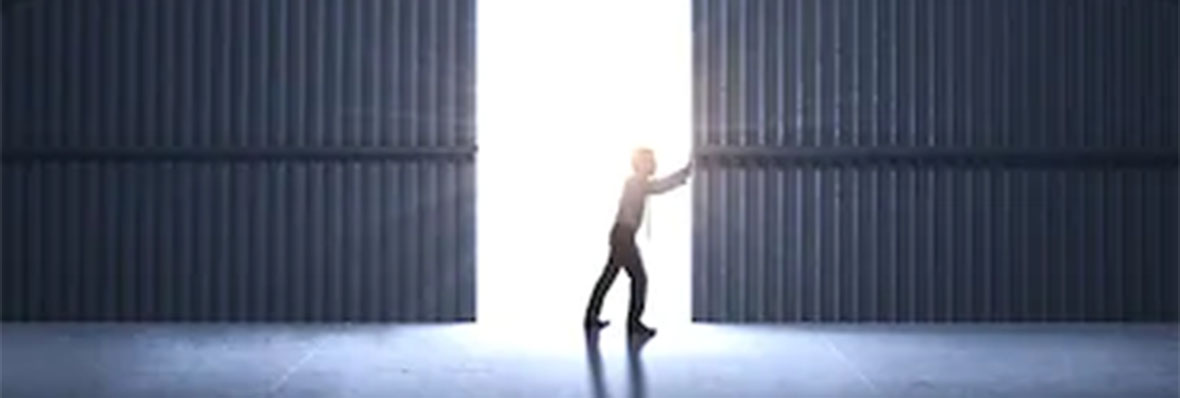Rightly or wrongly, some US states and commercial companies have started to emerge from the COVID-19 cocoon by beginning to ease, amongst other things, travel-related restrictions. And that’s one curve that the US Travel Association is determined to stay ahead of.
As such, the USTA has released a new set of protocols designed to help US travel-related businesses keep both their customers and employees safe, which underpins the plan to “re-open Travel America.”
Dubbed “Travel in the New Normal,” the document describes “vigorous measures” the travel industry will follow to reduce the risk of COVID-19 and allow travel to safely resume as states and municipalities relax physical distancing guidance.
Having been submitted to the White House and state and territory governors, the detailed guidelines are a collaboration between medical experts and what USTA president and CEO Roger Dow calls “the entire eco-system of travel – hotels and resorts, airports and airlines, cruise ships, attractions and destinations, restaurants, retail establishments, rental cars, meeting and event producers and venues, tour operators and many more.”
“The American travel industry has come together to focus on preparing for when the government and health officials say it’s okay to travel again,” Dow told reporters over a conference call on Monday. “Not only does the health and safety of our employees and customers come first, we want to make sure that we’re fully ready when it’s the time to return to travel so that we can power the economic recovery that only travel can do, and get people back to work.”
Moreover, Dow added, “We want political leaders and the public alike to see that our industry is setting a very high standard for reducing the risk of coronavirus in our businesses, and that the practices in place to achieve that standard are consistent through every phase of the travel experience. As travel reopens, travellers need the confidence that safety measures are in place from their departure to their return home.”
Dow noted that the travel industry has been hit especially hard by the public health crisis, losing an estimated eight million jobs in the US alone as of May 1. The long-term travel-related economic impact of coronavirus is projected to be nine times worse than 9/11, he added.
And while the USTA CEO assures, “We will not encourage people to travel until public health experts and authorities have made it clear that it’s the right time to do so,” he maintains, “Our industry’s focus is on preparing for that moment, and on demonstrating that our preparations are comprehensive and informed by the counsel of top experts.”
The “Travel in the New Normal” guidance is focused on six main areas, with the document providing specific examples for each:
• Travel businesses should adapt operations, modify employee practices and/or redesign public spaces to help protect employees and customers.
• Travel businesses should consider implementing touchless solutions, where practical, to limit the opportunity for virus transmission while also enabling a positive travel experience.
• Travel businesses should adopt and implement enhanced sanitation procedures specifically designed to combat the transmission of COVID-19.
• Travel businesses should promote health screening measures for employees and isolate workers with possible COVID-19 symptoms and provide health resources to customers.
• Travel businesses should establish a set of procedures aligned with CDC guidance should an employee test positive for COVID-19.
• Travel businesses should follow best practices in food and beverage service to promote health of employees and customers.
Dr. Michael D. Parkinson, past president of the American College of Preventive Medicine and a participant in writing the plan, says it was imperative to make sure that the guidance could apply to every type of travel business through a “layered approach to safety” that uses multiple reinforcing means, from engineering and environmental controls and policies to personal behaviour (such as physical distancing) and equipment.
He added that the guidelines are based on “the best science” available, which he acknowledges is “still evolving.” He says the document is meant to be “comprehensive but not restrictive” in how it used by individual business and will undoubtedly evolve as knowledge about the coronavirus develops.
And the doctor was quick to add that the guidelines do not provide a blank cheque for travellers. “If you are a vulnerable individual… you should not be considering non-essential travel. You should stay at home.”
Dow, meanwhile, believes the New Normal guidelines can serve as a model for collaboration between the business and medical communities that forges a path toward healing both the public health and the economy.
“This collaboration,” said Dow, “is something that should help our customers, our businesses and the industry as a whole to move beyond the most challenging period any of us has ever faced.”

